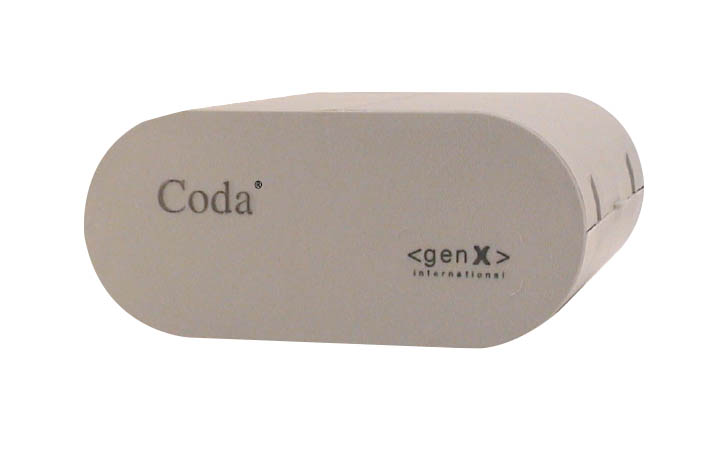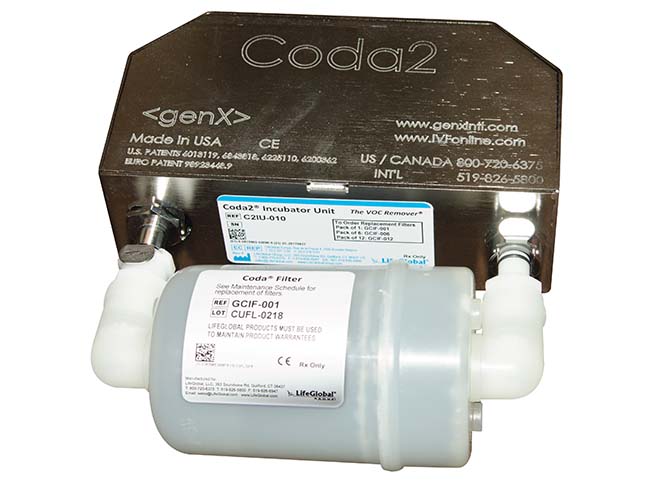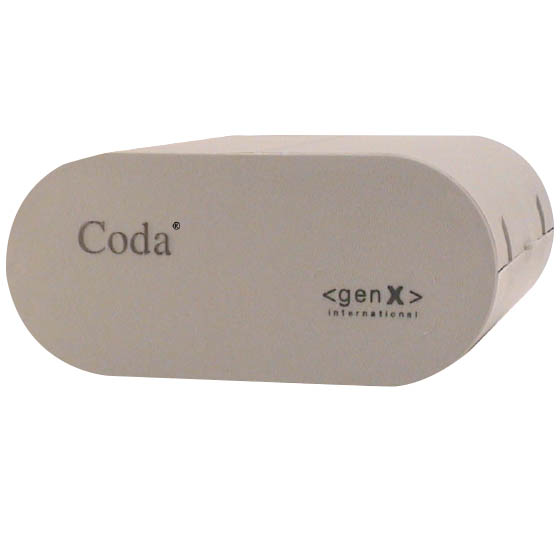Coda® Studies by Cohen et al.
Cohen J, Gilligan A, Esposito W, Schimmel T, Dale B (1997) Ambient air and its potential effects on conception in vitro. Hum Reprod 12, 1742-9.
Schimmel T, Gilligan A, Garrisi GJ, Esposito Jr. B, Cecchi M, Dale B, Cohen J (1997) Removal of volatile organic compounds from incubators used for gamete and embryo culture. Fertil Steril 68 Suppl. 1, S165 (Abstract P-151).
Cohen J, Gilligan A, Willadsen S (1998) Culture and quality control of embryos. Hum Reprod 13 Suppl 3, 137-44; discussion 145-7.
Hall J, Gilligan A, Schimmel T, Cecchi M, Cohen J (1998) The origin, effects and control of air pollution in laboratories used for human embryo culture. Hum Reprod 13 Suppl 4, 146-55.
Coda® Studies by Others
Mayer JF, Nehchiri F, Weedon VM, Jones EL, Kalin HL, Oehninger SC, Toner JP, Gibbons WE, Muasher SJ (1999) Prospective randomized analysis of the impact of an IVF incubator air filtration system (Coda, GenX) on clinical pregnancy rates. In ‘Proc. 11th World Congress on In-Vitro Fertilization and Human Reproductive Genetics’ pp. P-096
Mayer JF, Nehchiri F, Weedon VM, Jones EL, Kalin HL, Oehninger SC, Toner JP, Gibbons WE, Muasher SJ (1999) Prospective randomized crossover analysis of the impact of an IVF incubator air filtration svstem (Coda. genX) on clinical pregnancy rates. Fertil Steril 72, Suppl 1, S42 (Abstract O-110).
McLellan ST, Panagoulopoulos C, Dickinson KA, Wright DL, Toth TL, Lanzendorf SE (2001) Effect of incubator air filtration system on IVF outcomes. Fertil. Steril. 76, Suppl.1, S103.
Merton JS, Vermeulen ZL, Otter T, Mullaart E, de Ruigh L, Hasler JF (2007) Carbon-activated gas filtration during in vitro culture increased pregnancy rate following transfer of in vitro-produced bovine embryos. Theriogenology 67, 1233-8.
Racowsky C, Jackson KV, Nurredin A, Balint C, Shen S, de los Santos MJ, Kely JR, Pan Y (1999) Carbon-activated air filtration results in reduced spontaneous abortion rates following IVF. In ‘Proc. 11th World Congress on In-Vitro Fertilization and Human Reproductive Genetics’. Sydney, Australia. (Ed. .) pp. O-059 (Abstract)
Battaglia DE, Khabani A, Rainer C, Moore DE (2001) Prospective randomized trial of incubator Coda filtration units revealed no effect on outcome parameters for IVF. Fertil. Steril. 75 Suppl.1, S6.
Forman M, Polanski V, Horvath P, Gilligan A, Rieger D (2004) Reductions in volatile organic compounds, aldehydes, and particulate air contaminants in an IVF laboratory by centralized and stand-alone air filtration systems. Fertility and Sterility 82 Suppl. 2, S324 (Abstract P535).
Lopez L, Rivero P, Llosá V, Palumbo A (2004) Fertilization, implantation, and pregnancy rates before and after the installation of Coda® incubator units in a human IVF laboratory. Unpublished.



 My Clinic is in the United States
My Clinic is in the United States My Clinic is in Canada
My Clinic is in Canada
